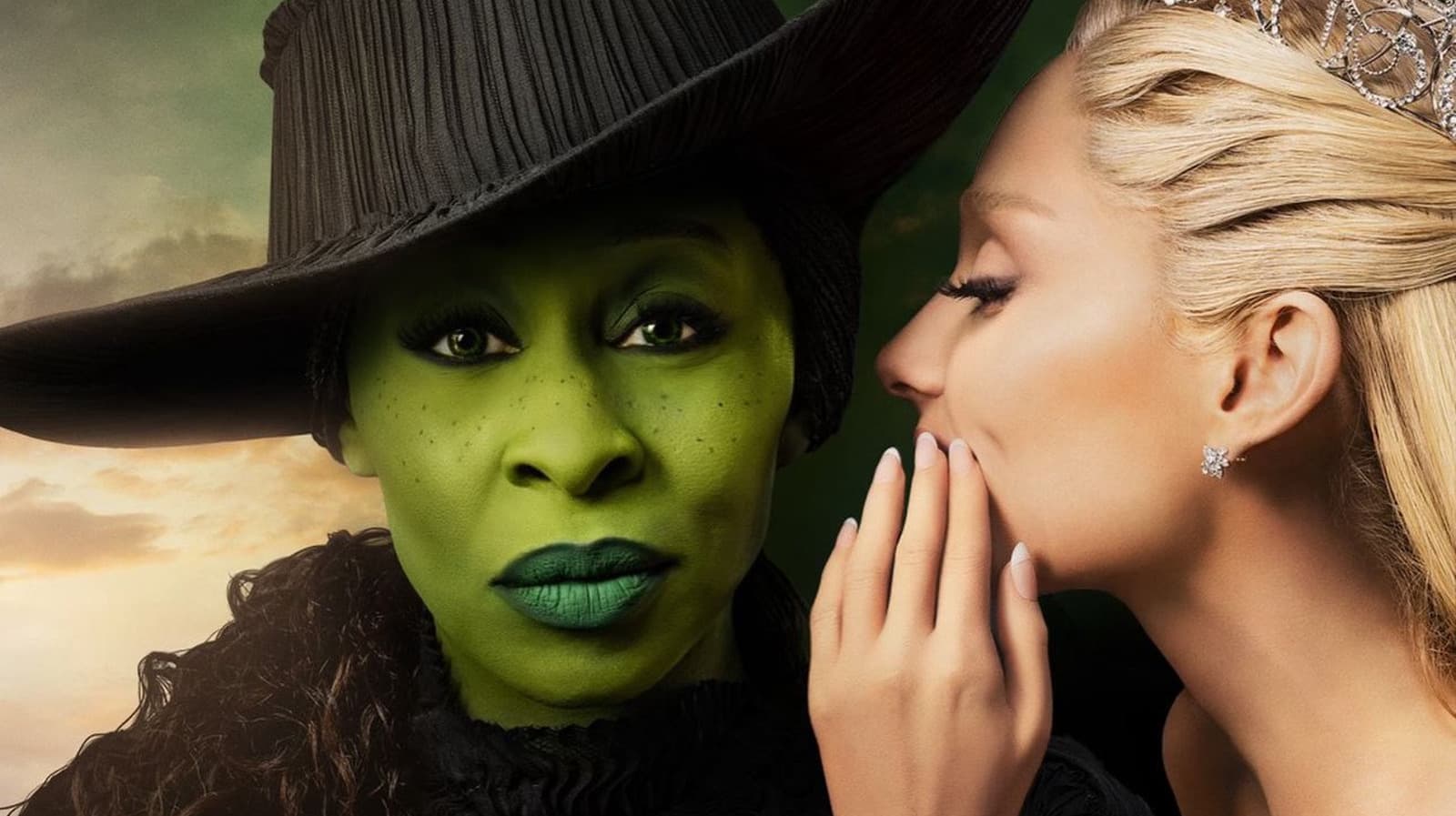Dharmendra, Bollywood Icon and Action Star, Dies at 89
Dharmendra Deol, one of Indian cinema's most enduring leading men, died Monday at age 89 after a career that spanned six decades and more than 300 films. His passing marks the close of a defining chapter in Hindi cinema, touching culture, politics and the business of stardom across generations.

Dharmendra Deol, the actor widely known as Bollywood's He Man, died on Monday at the age of 89, leaving behind a career that helped shape the contours of popular Hindi cinema for more than half a century. The veteran performer rose to prominence in the 1960s and 1970s with films that blended romance and action, building a rare combination of mass appeal and screen presence that sustained him through changing tastes and industry transitions. He appeared in more than 300 films and became synonymous with a muscular, charismatic heroism that defined an era.
In performance terms Dharmendra was notable for his elasticity as a leading man. He could carry melodramatic romance and family drama as convincingly as he could anchor action sequences, a versatility that kept him relevant as filmmakers moved from studio era melodrama to the grittier and more commercial forms that dominated later decades. His screen persona emphasized physicality and charm, but his longevity rested on an ability to adapt to new storytelling modes and to share center stage with rising stars, younger filmmakers, and evolving audience expectations.
The business implications of his career are significant. At a time when the Indian film industry expanded into multiplex circuits, satellite television and global diaspora markets, Dharmendra remained a dependable draw. His extensive filmography underwrote numerous box office cycles and helped sustain the star driven economics that have been a bedrock of Hindi cinema. The durability of his brand also had ripple effects for talent, production houses and distribution networks that relied on proven marquee names to secure financing and audience attention.
His influence extended beyond cinema into politics and public life. Dharmendra served one term in Parliament and received national honors for his contributions to Indian cinema, emblematic of the way film stardom can translate into civic recognition and institutional prestige. In recent weeks he had been in and out of Mumbai hospitals, AP reported, before his death on Monday. Indian leaders, film colleagues and fans offered tributes noting his charisma, range and the cross generational influence he wielded among actors and audiences alike.
Culturally Dharmendra embodied a particular model of masculinity that resonated across strata of Indian society. His image balanced vulnerability and virility, allowing him to play both lover and fighter in films that reflected shifting social norms around love, family and honor. As cinema itself became a site for negotiating modernity, migration and aspiration, Dharmendra’s roles often served as a familiar touchstone for viewers navigating social change.
His passing will reverberate through an industry that is itself in transition, confronting the rise of streaming platforms, new storytelling economies, and a younger cohort of stars. For many cinephiles and professionals, Dharmendra’s career will be remembered as a bridge between the studio era and contemporary Bollywood, a testament to star power, adaptability and the enduring relationship between performers and the public.


